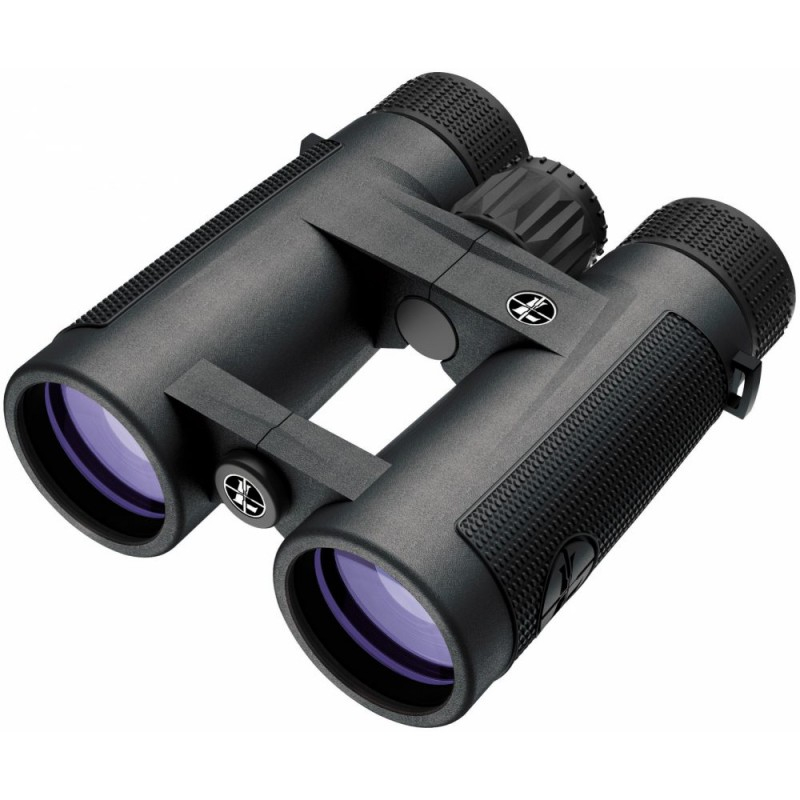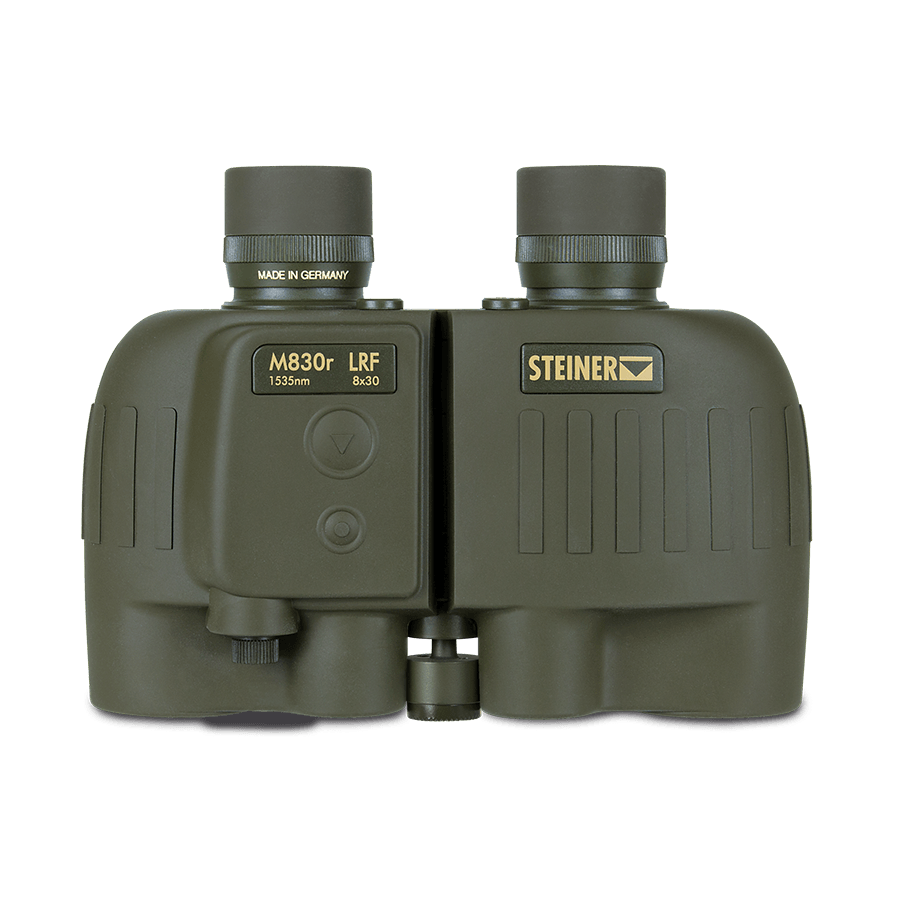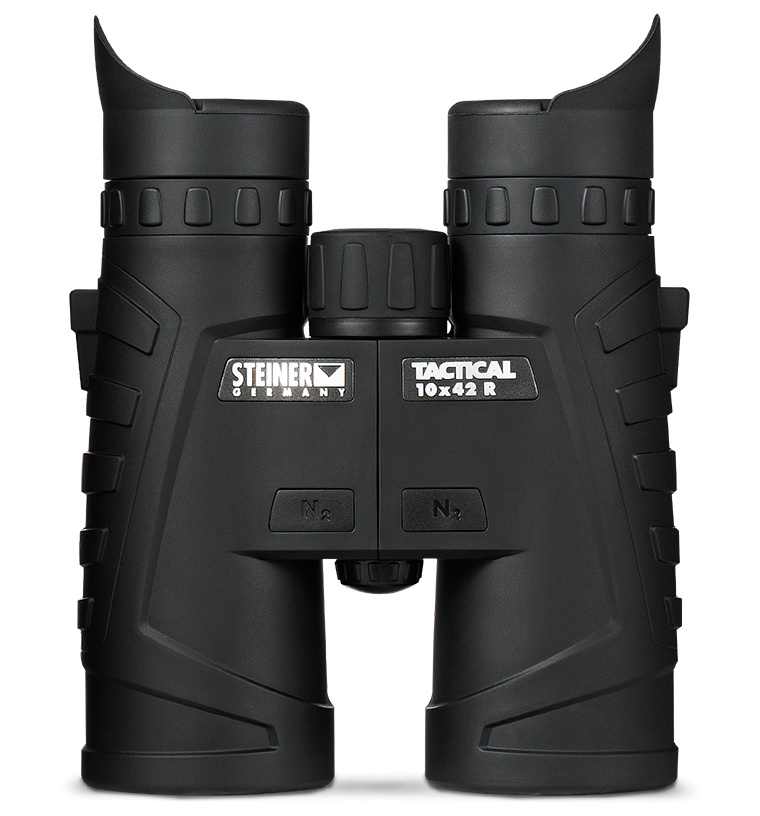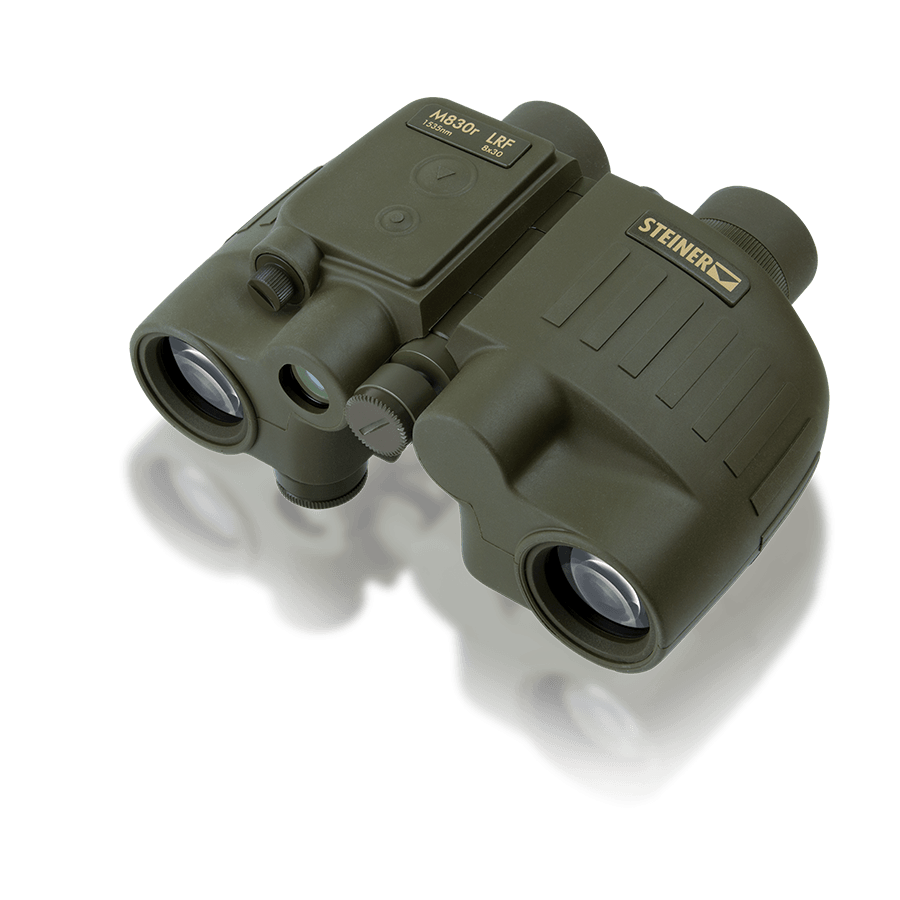Mounts
Tactical Binoculars
General features
Technologically advanced and ergonomically designed tactical binoculars are highly used in military, hunting and marine. What sets them apart from other binoculars is the reticle in the middle of the field of view, which allows to calculate the distance and size of an observed object.
Tactical binoculars with a reticle give you the ability to observe an object and calculate its distance without having to use your laser rangefinder which can easily alert an object of your presence (Laser Detecting Systems).
To secure a firm grip and easy handling, they are enclosed in a rugged rubber armoring. It is very important that your tactical binoculars fit in your hands perfectly because of the prolonged observations and quick movements. They are usually sealed with O-rings and purged with dry gas to make construction waterproof and fog-proof and able to be used in hot or cold environment.

Leupold BX-T HD 10x42 MIL-L
Prism types in tactical binoculars
All tactical binoculars on the market feature Schmidt/Pechan roof prisms, and some exceptions Porro prisms. This is because of the smaller and shorter size compared to binoculars with integrated Abbe-Koenig prisms.
Schmidt/Pechan prisms
Schmidt Pechan prisms are produced all over the world. They are easy to produce and are the most common prism type in binoculars. They are very affordable, and the construction is small, lightweight, and compact. Compared to binoculars with Abbe Koenig prisms with the same magnification and objective lens size, the binoculars with Schmidt Pechan prisms are shorter in length.
The handling is easy and the ergonomics are very good. Binoculars with Schmidt Pechan prisms are waterproof, but the light transmission rate is lower compared to Abbe Koenig prisms.

Steiner M830r LRF Tactical binoculars
Reticle types in tactical binoculars
There are many different types of reticles available in tactical binoculars, but the most common are Mil-Dot and Mil-Hash reticles.
With such a reticle, it is very easy to calculate the distance. To do so, you need one of the following formulas:
| Distance to Target(Yards)= | Height of Target (Yards)____________________________________________Number of mils measured through the scope | * 1000 |
| Distance to Target(Yards)= | Height of Target (Inches)__________________________________________Number of mils measured through the scope | * 27.77 |
| Distance to Target(Meters)= | Height of Target (Inches)___________________________________________Number of mils measured through the scope | * 25.4 |
| Distance to Target(Meters)= | Height of Target (Meters)___________________________________________Number of mils measured through the scope | * 1000 |
| Distance to Target(Meters)= | Height of Target (cm)__________________________________________Number of mils measured through the scope | * 10 |
Diopter setting system on tactical binoculars
Because all tactical binoculars do feature an integrated reticle, it is important that the diopter setting system is on both barrels separately. With one, the user adjusts the diopter for a crisp reticle, and the other for a crisp image.

Steiner Tactical 1042r
Lens coating on tactical binoculars
Coating the lenses is one of the most important processes in the manufacturing of optics. There are 4 different types of how many times and on which surfaces the coatings are applied on the lenses: Coated, Fully Coated, Multi-Coated, and Fully Multi-Coated.
-
˝Coated˝ means that there is only a single layer of anti-reflection coating on some of the lenses. Usually, only the objective lens and the eye-piece lenses are coated, and usually only on the outside, which is visible for the user.
-
˝Fully Coated˝ lenses means that all air to glass surfaces have one layer of coating.
-
˝Multi-Coated˝ means that some lenses have multiple layers of anti-reflection coatings
-
˝Fully Multi-Coated˝ means that all air to glass surfaces are coated with anti-reflection coatings, with multiple layers.
Because lens coatings are very important for light transmission, low-light binoculars must feature ˝Fully Multi-Coated˝ lenses. This ensures the highest light transmittance and the most bright images in late hours.
Many manufacturers apply additional coatings with special features. For example anti-fog coatings on the outer surfaces, for a clear picture in a high-moisture environment, or when moving from a warm to a cold place. Some more expensive and premium binoculars feature also scratch-resistant coatings on the outer lenses. These make the outer surfaces harder and more resistant. Also water-repellant coatings can be found, which have an effect as we know it from the lotus flower.

Steiner M830r LRF Tactical binoculars
Best tactical binoculars
The best tactical binoculars come from the company Steiner. They also offer the biggest selection of binoculars with an integrated reticle in different price classes.
The most technically advanced tactical binoculars are definitely the Steiner M830r LRF 1535nm, wich feature an integrated 1535nm laser rangefinder that is capable of accurate measurements from 20 to 6000 meters. It is also invisible to night vision devices.
Filters
Sort
Filters
Sort

